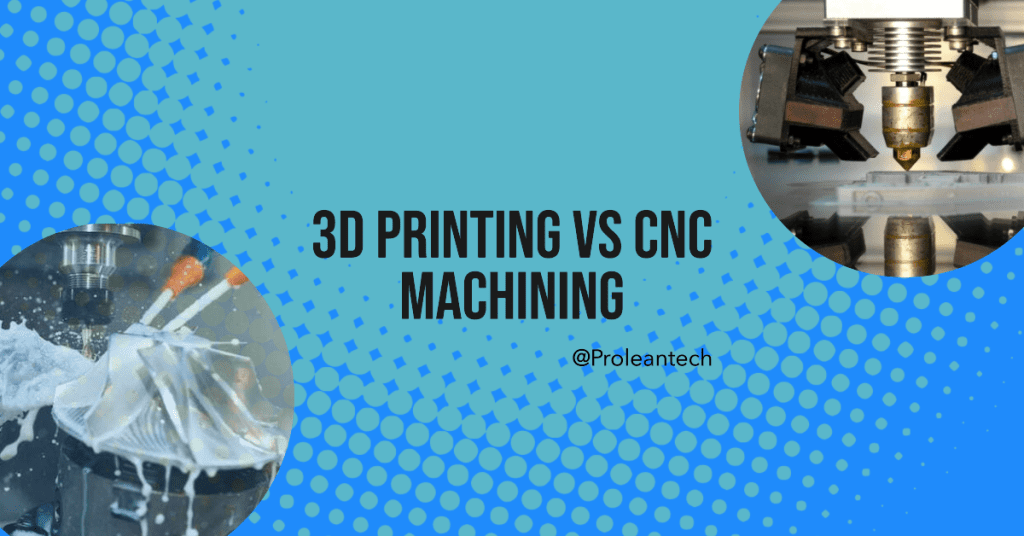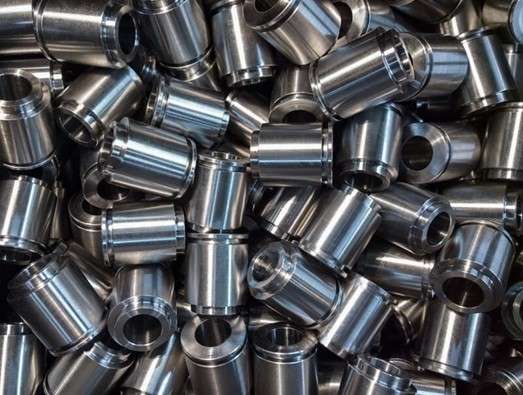
3D printing workshop
In the world of modern manufacturing, technological advancements have led to the development and adoption of several innovative production techniques. Among these, 3D printing machining and CNC (Computer Numerical Control) machining have emerged as two popular methods embraced by various industries. Both techniques offer unique advantages, and understanding their capabilities is crucial for choosing the right manufacturing process for your project.
In this article, we will explore the similarities and differences between these two methods, discuss their pros and cons, and examine their applications in various industries. Additionally, we will answer a few frequently asked questions about these manufacturing processes.
Introduction to Modern Manufacturing Techniques
The manufacturing landscape is ever-evolving, with new technologies and processes emerging regularly. These advancements aim to improve efficiency, reduce costs, and increase the quality of products. From traditional methods like injection molding and casting to cutting-edge techniques like 3D printing and CNC machining, the options for producing products have never been more diverse.
As a result, manufacturers and engineers are continually seeking ways to optimize their production processes and make better decisions regarding the techniques they employ. Understanding the nuances of each method is essential for determining which one best suits a particular project’s requirements, budget, and timeline.
Related: A Detailed Comparison: Additive VS. Subtractive Manufacturing
What is 3D Printing Machining?
3D printing machining, also known as additive manufacturing, is a process that creates a three-dimensional object by depositing material layer by layer. This method utilizes a digital file as a blueprint, which guides the 3D printer in placing successive layers of material until the desired shape is achieved. The materials used in 3D printing service can vary from plastics and metals to ceramics and even living cells.
One of the key advantages of 3D printing is its ability to create highly intricate and complex geometries that would be difficult, if not impossible, to produce using traditional manufacturing methods. This has allowed for the development of groundbreaking designs in various industries, such as aerospace, automotive, and medical.
What is CNC Machining?
CNC machining is a subtractive manufacturing process where the material is removed from a workpiece to shape it into the desired design. In this method, a computer controls the movement of tools and equipment, such as mills, lathes, and grinders, to cut and shape the workpiece with high precision. CNC machining can work with a wide range of materials, including metals, plastics, and composites.
The CNC machining process is highly accurate and can produce parts with tight tolerances. It is also suitable for producing large volumes of identical parts, making it a popular choice for industries that require mass production of complex components.
Comparing 3D Printing and CNC Machining: Similarities and Differences
Similarities
- Both 3D printing and CNC machining are computer-controlled processes, allowing for high levels of precision and repeatability.
- Both techniques can produce parts with intricate geometries and are suitable for prototyping and end-use applications.
- Both methods require a digital file, usually a CAD (Computer-Aided Design) model, as a blueprint for the manufacturing process.
Differences
- 3D printing is an additive process, while CNC machining is subtractive. This means that 3D printing builds parts layer by layer, whereas CNC machining removes material from a workpiece.
- 3D printing generally has a slower production rate than CNC machining, making it less suitable for mass production.
- CNC machining can work with a wider range of materials, including hard metals and composite materials. In contrast, 3D printing is somewhat limited in its material options, though advancements are being made in this area.
- 3D printing typically has a higher upfront cost due to the need for specialized equipment, whereas CNC machines are often more affordable and versatile.
Try Prolean Now!
Pros and Cons of 3D Printing Machining
| Pros | Cons |
|---|---|
| Allows for the creation of highly complex and intricate geometries | Slower production rate compared to CNC machining, making it less suitable for mass production. |
| Can produce lightweight and optimized parts | May have limitations in terms of material options and mechanical properties. |
| Reduces material waste, as only the required material is used | Parts produced using 3D printing may require post-processing to achieve desired surface finish and dimensional accuracy. |
| Suitable for rapid prototyping and low-volume production runs | Higher upfront costs for equipment and materials. |
Pros and Cons of CNC Machining
| Pros | Cons |
|---|---|
| Highly accurate and capable of producing parts with tight tolerances. | Less capable of producing highly intricate geometries compared to 3D printing. |
| Suitable for mass production of identical components. | May generate more material waste due to the subtractive nature of the process. |
| Can work with a wide range of materials, including metals, plastics, and composites. | Requires skilled operators and programmers to ensure optimal results. |
| More affordable upfront costs compared to 3D printing. |
Choosing the Right Manufacturing Technique for Your Project: Why CNC Machining is Better?
While both 3D printing and CNC machining have their merits, CNC machining is often the better choice for many projects. This is because CNC machining offers a faster production rate, making it more suitable for mass production. Additionally, CNC machining can work with a wider range of materials, allowing for more flexibility in choosing the best material for a specific application.
Furthermore, CNC machining is known for its high levels of precision and accuracy, which translates to better-quality parts. This is particularly important in industries that require tight tolerances and flawless performance, such as aerospace and automotive.
Industry Applications of 3D Printing and CNC Machining

CNC machined parts
Both 3D printing and CNC machining have found applications across various industries, thanks to their unique capabilities. In the aerospace and automotive industries, 3D printing has been used to produce lightweight and optimized parts, while CNC machining is employed for producing high-precision components with tight tolerances.
In the medical industry, 3D printing has enabled the creation of patient-specific implants and prosthetics, while CNC machining is used for the production of surgical instruments and medical devices. In the consumer goods sector, both techniques are utilized for rapid prototyping and end-use product manufacturing.
Conclusion
Ultimately, the choice between 3D printing and CNC machining will depend on factors such as production volume, material requirements, and design complexity. By understanding the pros and cons of each method, you can make informed decisions and achieve the best possible results for your projects.
If you are looking for a reliable and experienced partner for your CNC machining needs, Prolean offers CNC milling, routing, turning, and all other machining services with 100+ material options. Our team of experts is ready to help you achieve your manufacturing goals and deliver high-quality, precision CNC machined parts.
FAQ’s
1. Can 3D printing and CNC machining be used together?
Yes, many manufacturers use both methods in conjunction to achieve optimal results for their projects. For example, 3D printing can be used for rapid prototyping, while CNC machining can be employed for final production.
2. Which method is more cost-effective, 3D printing or CNC machining?
The cost-effectiveness of each method depends on factors such as production volume, material requirements, and design complexity. For low-volume production and complex designs, 3D printing may be more cost-effective. However, for large-scale production and simpler designs, CNC machining might be the better choice.
3. Are there any limitations to the materials that can be used in 3D printing and CNC machining?
While CNC machining can work with a wide range of materials, including metals, plastics, and composites, 3D printing is somewhat limited in material options. However, advances in 3D printing technology.




0 Comments